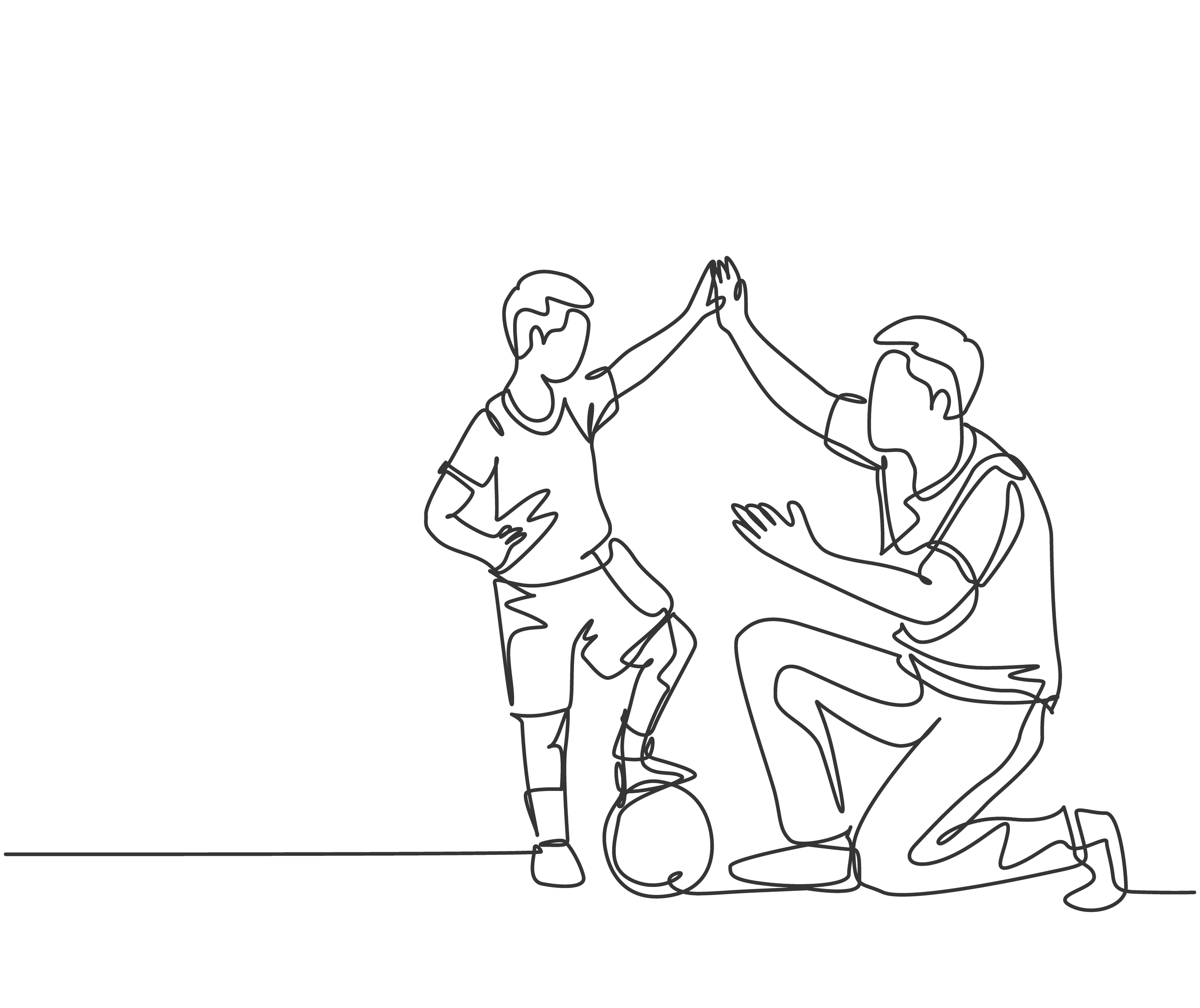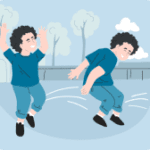Is It ADHD or Sensory Processing Disorder?
Attention Deficit Hyperactivity Disorder (ADHD) and Sensory Processing Disorder (SPD) are two conditions frequently discussed in pediatric development and mental health. Despite sharing some overlapping symptoms, they are distinct disorders requiring specific approaches for management and treatment. For parents, educators, and healthcare professionals, it’s crucial to understand these differences and similarities to provide the best support possible.












 Speech Therapy
Speech Therapy Physical Therapy
Physical Therapy Occupational Therapy
Occupational Therapy

